While the verdict will probably forever remain undecided, the old axiom of “Blondes have the most fun” will forever stick in the craw of historic annals. Fortunately, within the last few years, there’s been so much amazing credit attributed to all the other hair colors that the once lauded “blonde” now seems rather dull and disinteresting. The once fully-dreaded dark roots and orange color fails of the previous decades are now among the more frequent salon requests, with those seated in the chair willing to pay big bucks just to get them. (On a side note, there is nothing like the above-average stylist-turned-inventor–in this case, who turns a problematic issue into a style!) We just adore how the once-bad reputation of dark roots became today’s awesome ombre, balayage, strobing and whatever’s sure to come next. The best part about today’s blonde coloring techniques is that they pay sufficient homage to all the other colors–embracing all the naturally occurring ones, and all of the others, as well.
A Look at Today’s Best Blondes, and the First Blonde Ladies
There’s Rita Ora’s white-out blonde, Gwyneth Paltrow’s ashy, platinum blonde, Gwen Stefani’s trademark golden platinum blonde, Kate Hudson’s bright golden (non-brassy) blonde, Scarlett Johansson’s icy blonde highlights and Blake Lively’s beachy blonde. January Jones’ darker brown sub-tones make the perfect backdrop for those bolder splashes of golden blonde highlights, and Cara Delevingne’s ashy gray blonde makes us all want her color, too. The femme fatales best-remembered for their blondeness are Mae West, Jean Harlow, Marilyn Monroe.
The Un-Blonding That’s Inherent in Living
Most babies, when born, sport dark, darkish hair colors, and from there, a large number of newborns become little tow-headed babies, toddlers and they remain within the blonde classification until at some later point, when the greater percentage of these transition to become some other not-blonde color, which they’ll retain for life–or until graying appears at some future point. So, who are the real blondes? With so many of the world’s heads going blonde, the best answer might be “Who cares?” Maybe Blonde is a quality found more in the heart and mind–than in the genes.
And the Survey Says
In an independent study conducted by Charlotte TV station WCNC, the same woman repeatedly dropped her scarf on a busy downtown sidewalk in front of strangers–half of the times as a blonde, and the other half while wearing a brunette wig. As a blonde, everyone seemed to rush to help her, while in the brunette wig, only the rare bystander would offer help, and more by only informing her that she had dropped her scarf and leaving her to pick it up herself. When she had been blonde, the “helpers” included picking the scarf up and handing it to her, quite empathetically.
Thinking Blonde Thoughts?
Going blonde can be a fun experience for anyone, whether it becomes a life change or a temporary foray. A major thing to remember is that in order to go blonde, the existing color of your hair will need to be removed or extremely lightened first, and this will be a permanent process. You can always go darker, but the color will be from a chemical solution, and your own natural color will require time to return with new growth. Before jumping in, here are some “dos” and “don’ts” that will protect you from becoming a “What-Was-I-Thinking” brand of blonde:
Do Make Sure Your Budget Can Support Your Blonde: No other color comes with such a rigid maintenance schedule. Talk to your colorist or someone who can help you do the math, here.
Don’t Attempt to DIY Go Blonde if: Your hair is chemically treated, in any form. You must rely on the color change made by a qualified hair colorist, with whom you have shared details of what’s been done to your hair, to date–before blonde-producing products begin.
Do Decide if You Want Natural Looking Blonde or Something More Vivid: On a scale of 1 to 12, with 1 being the darkest, if you’re over the age of 16, natural blonde does not happen beyond 7.
Don’t Even Imagine That You Can go From Dark to Blonde at Home, Via the Mainstream OTC Products: Once your hair is the color of blonde you want, if you use the right products, you might be able to keep the blonde going with your roots, but you will NOT be able to get that first blonde transition, so don’t try. Just don’t.
Do Plan on a New Routine and Products: Blonde-made hair comes with more TLC requirements, and specially formulated products. Plan on less frequent shampooing and more conditioning. Everything you do to and with your hair will need to be restorative and protective and more careful now.
Don’t Plan on Using the Same Makeup Routine: You’ll quickly find that your makeup colors–everything, from foundation to eye shadow and blush–will need revisiting. Majorly. You WILL be able to ROCK the RED lipstick now.
Do: Know the difference between “blonde” and “blond:” “Blonde” is the word used to describe a hair color among women, and “blond” refers to the same color range, but applies to men, just FYI–and worth a good few mins. convo at a cocktail party.

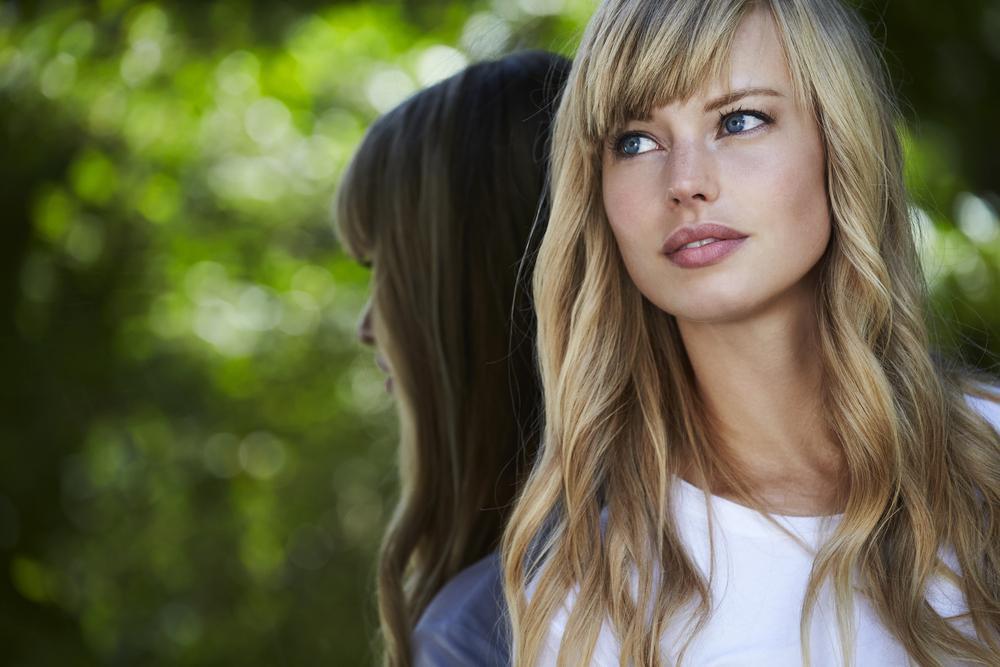
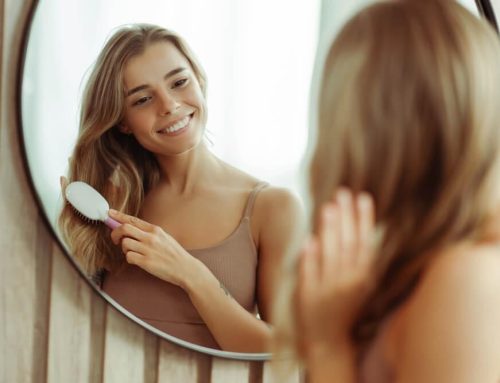
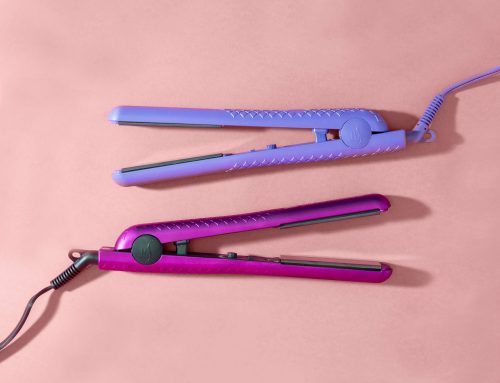
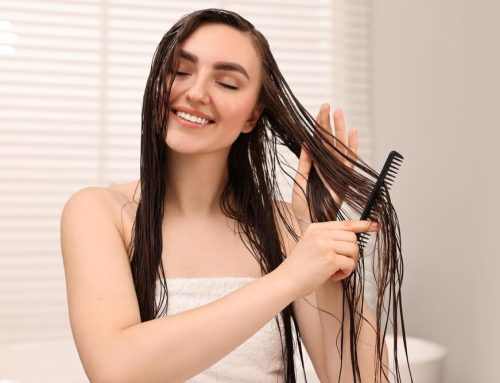
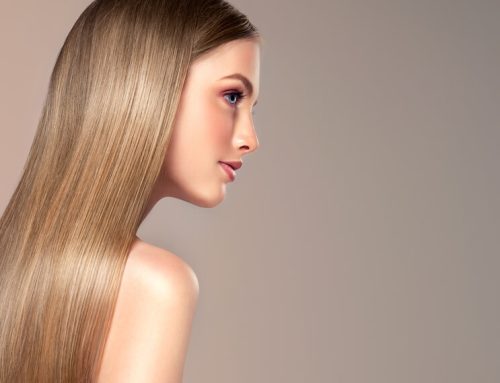
Leave A Comment